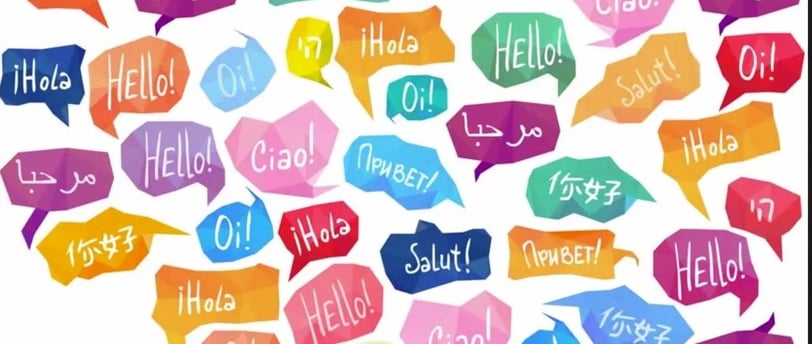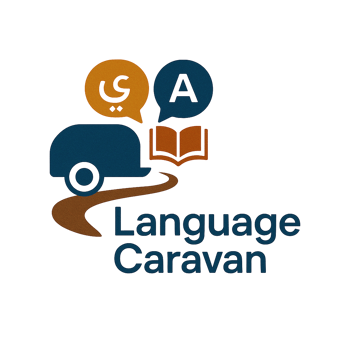Innovative Teaching Strategies for Multi-Language Learners in Education
Supporting Multi-Language Learners requires tailored approaches. Explore culturally responsive teaching, sheltered instruction, and technology integration. Learn how these strategies create effective and inclusive learning environments.
Dr. Fatima Khaled
12/12/20242 min read


As our world becomes increasingly interconnected, classrooms are becoming more diverse, with students from various linguistic and cultural backgrounds. This diversity presents both challenges and opportunities for educators. Multi-Language Learners (MLLs), also known as English Language Learners (ELLs) in some contexts, bring a wealth of knowledge and experiences to the classroom, but they may require additional support to succeed academically. Innovative teaching strategies can play a crucial role in helping MLLs thrive in their educational journey.
Understanding the Needs of Multi-Language Learners
Multi-Language Learners are students who are learning English as a new language while also developing their native language(s). They may have varying levels of English proficiency and diverse educational backgrounds. Effective teaching strategies for MLLs should consider their unique needs, including:
Language Acquisition: MLLs need explicit instruction in English language skills, including listening, speaking, reading, and writing.
Content Comprehension: MLLs may require additional support to understand academic content while simultaneously learning a new language.
Cultural Sensitivity: Creating a culturally inclusive classroom environment is essential to make MLLs feel welcome and valued.
Innovative Teaching Strategies
Here are some innovative teaching strategies that can effectively support Multi-Language Learners in education:
Culturally Responsive Teaching: This approach recognizes the importance of incorporating students' cultural backgrounds and experiences into the learning process. It involves:
Learning about students' cultures and languages.
Incorporating diverse perspectives and materials into the curriculum.
Creating a welcoming and inclusive classroom environment.
Sheltered Instruction: This strategy focuses on making academic content more accessible to MLLs by:
Using clear and concise language.
Providing visual aids and real-life examples.
Breaking down complex tasks into smaller, manageable steps.
Collaborative Learning: This approach encourages students to work together in pairs or small groups to support each other's learning. It can:
Provide opportunities for MLLs to practice their English language skills in a supportive environment.
Promote peer interaction and learning from each other's strengths.
Foster a sense of community and belonging in the classroom.
Technology Integration: Technology can be a powerful tool to support MLLs by:
Providing access to language learning resources and tools.
Offering interactive and engaging learning experiences.
Enabling personalized learning and assessment.
Benefits of Innovative Teaching Strategies
Implementing innovative teaching strategies for Multi-Language Learners can have numerous benefits, including:
Improved language acquisition and academic achievement for MLLs.
Increased engagement and motivation in learning.
Enhanced cultural awareness and understanding among all students.
A more inclusive and equitable learning environment for all.
Conclusion
Innovative teaching strategies are essential to support the success of Multi-Language Learners in education. By understanding their unique needs and implementing effective strategies, educators can create inclusive and engaging learning environments where all students can thrive.
